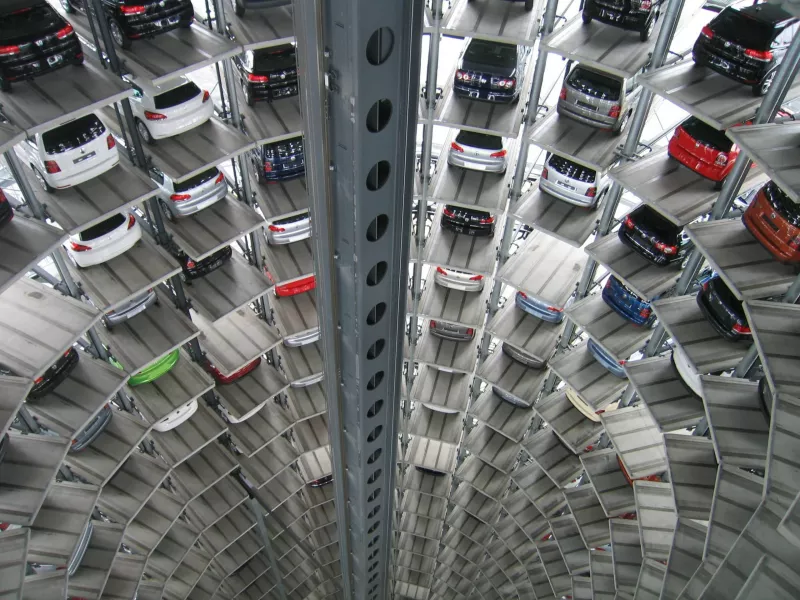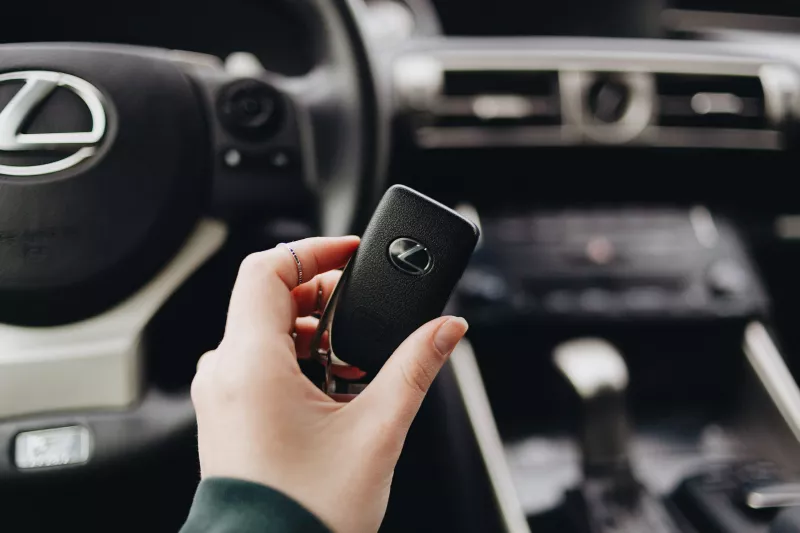How Much Should I Put as a Down Payment on a Car?
We love our cars in the US, and few things are as exciting as buying a new one. Believe it or not, over 15 million cars were sold in the US in 2021, and sales are only increasing.
If you’re looking to buy a new car, you may be wondering how to avoid some of the financial pitfalls associated with a new lease or purchase. Well, it all starts with your down payment, which can save you a fortune on financing.
So, what’s a good down payment on a car, and how much will it save me on the price tag? Let’s talk about that.
What’s a Good Down Payment on a Car?
A “good” downpayment is whatever you can afford. The more you pay upfront, the less you will have to pay on interest and in monthly installments. However, that amount varies widely depending on your financial situation.
Believe it or not, you may not need a down payment at all, depending on the price of the car, your income, and your credit. You may be able to find financing with a small down payment or even without one.
However, that’s not to say that you shouldn’t pay anything down, as it can save you money on interest and monthly payments. A good way to remember it is that for a 4-year loan, you’ll save just over $20 a month for every $1,000 you put down. For a 5-year loan, plan to save around $17 per $1,000 you put down.
Now, these are not perfectly accurate measures, as interest rates may vary, but they’re a good estimate. This means that putting $5,000 down on a car will likely save you close to (or more than) $100 a month on your payment.
So, how much should I put down on a 50k car? Generally speaking, a good rule of thumb for a down payment on a car is 20%.
However, most people make smaller payments than this, with the average down payment for a car being just under 11%. We’d strongly recommend staying above 10% at all costs if you have the money to do so.
Finding the Right Down Payment
Based on your financial circumstances, there is a down payment “sweet spot” you want to try to hit. Essentially, you want to pay as much as possible without depleting your emergency funds or tapping into high-interest credit lines to make the down payment.
Let’s say you have $10,000 saved up and you need to purchase the vehicle within the next couple of weeks. In that case, increase your savings by as much as possible and leave at least $2,000 aside for unexpected emergencies. From there, you can work to rebuild your savings fund as soon as possible.
Also, if you have time to prepare, then try to save up as much as possible. If you plan to resell or trade-in your car, then find out its worth, set a savings goal, and prepare for as large of a down payment as you can without breaking the bank.
We would never suggest using a payday loan, credit card, or tapping into your retirement for a down payment. The math just simply doesn’t work out in your favor, as it will cost you more than it will save. The only exceptions would be if you have funds tied up in a savings account or you want to receive points on your credit card, but only if you pay it off in full by the time of your statement.
Recommended reading: The No. 1 Guide to Leasing or Buying a Car Online With AutoSwiftly
Buy Within Your Means
In many cases, the down payment isn’t the problem, but rather the car. 20% may be a good down payment on a car that’s reliable and fits your needs, compared to a 10% down payment on a new one.
Generally speaking, buying a car that’s 2 or 3 years old makes the most financial sense, as the bulk of depreciation has already taken hold without losing too much value in the car. However, this depends on your financial situation.
Don’t put too much financial strain on yourself. You’ll be married to this loan for four or five years, so use a car payment calculator and determine how much you can afford before making any decisions. If the numbers aren’t adding up, chances are that you’re trying to buy more than you can afford.
Benefits of a Larger Down Payment
Yes, you’ll see a larger hit to your savings in the short term by putting more money down on your car, but that’s not the way to look at it. In the long term, a larger down payment can save you more money than you may think. Let’s talk about how.
Get a Better Interest Rate With a Larger Down Payment
Also, you may be able to save money on your interest rate with a larger down payment. If you have a lower credit score, we recommend putting down a larger down payment to help you save, as lenders are more likely to lower interest rates with a larger down payment.
Why does the interest rate matter so much? Well, the average new car costs $47,000, which means that the seemingly small difference of 2% on your interest rate is $940 without a down payment. With interest rates set to rise throughout 2022, limiting the amount you owe is critical to prevent overspending.
With a 2.49% interest rate, you would spend $1,170.30 on interest on an average new vehicle. However, even with the same interest rate, a $15,000 down payment would immediately save you $225. If you wouldn’t spend an extra $225 on a hot dog at a sports game, even if it was a one-time purchase, why would you want to spend it on a car if you didn’t have to?
Minimize Depreciation
Remember, a car is not an investment. Especially when buying a new car, depreciation will have an immediate effect. Every year, your car will be worthless and less, which means you will likely take a loss when you go to resell.
This effect is amplified during the first two years, where your car will lose around 30% of its value in the first year, 7% in the second year, and so on. To be fair, that’s including luxury vehicles, which depreciate much faster. A Honda Civic will likely see around a 20% decrease within its first year.
When you put a larger down payment on the car, you will minimize the effect of depreciation by having more equity in the vehicle. If you owe more than the car is worth in a couple of years, then you will either have to swallow a loss or keep the car for longer than you want it.
Avoiding Gap Insurance
Minimizing the amount you owe will allow you to skip gap insurance, which can save you some extra money each month. If you don’t already know, gap insurance protects you from having to pay the difference in your loan out of pocket if you need a new car before your loan is done.
If you get into an accident and total your car, your insurance company may value your car at $15,000 because of depreciation, even if you still owe $20,000 on your loan. Gap insurance would cover that $5,000 difference.
However, if you put enough money down and minimize the harmful effects of depreciation, you can skip gap insurance altogether, saving you one more monthly expense. This is because, with a larger down payment, you are lowering your loan-to-value ratio.
How to Get Approved More Easily
Now that you understand why a down payment is so important, give yourself as much time as you can to save up and put as much down as you can afford. It will save you money in the long run.
When the time comes, you will want to find a loan with the right interest rates, allowing you to get approved as soon as possible. Check out our online financing options for more information, regardless of your credit history or down payment size! The right loan will save you a chunk of change in the long run!
Hit the Road, Jack
Now that you know what’s a good down payment on a car, you can make an informed decision based on your financial needs. Everybody’s circumstances are different, but we all want to find ways to save money.
Try to put as much down as possible, find the right lender, and stay up to date with our latest financial tips. If you’re looking for a loan, fill out an online application to see how much you can save!
Recommended reading: Buying Your First Car With AutoSwiftly: What You Need To Know





